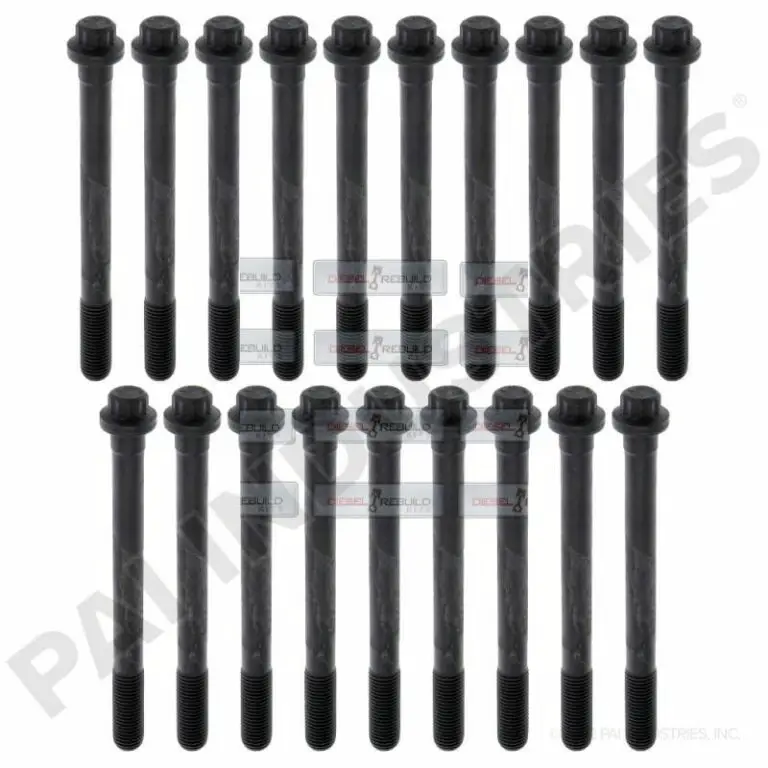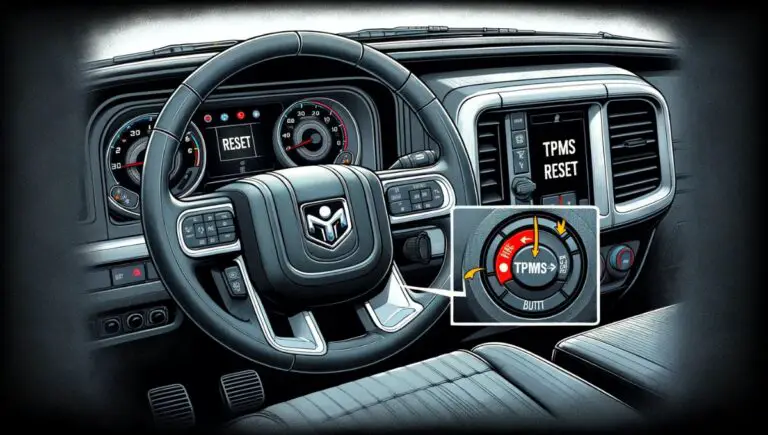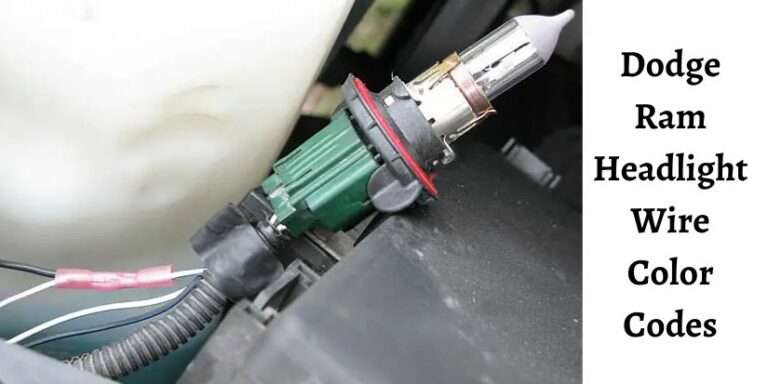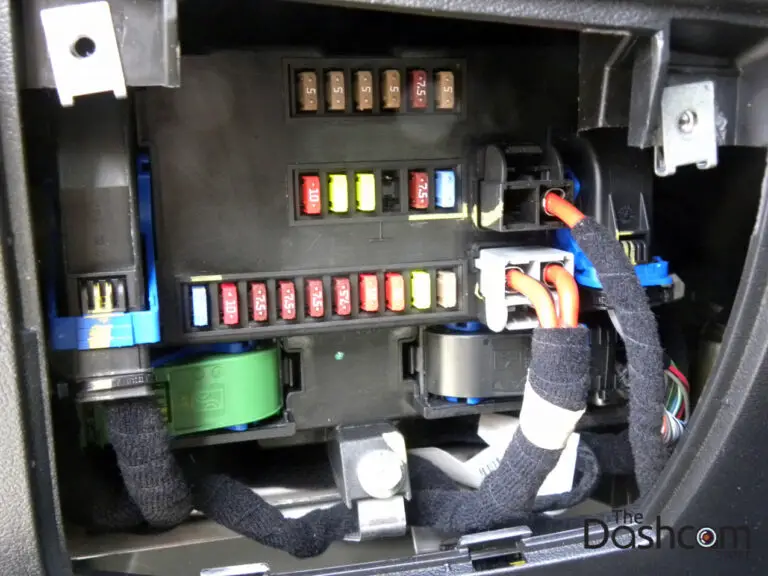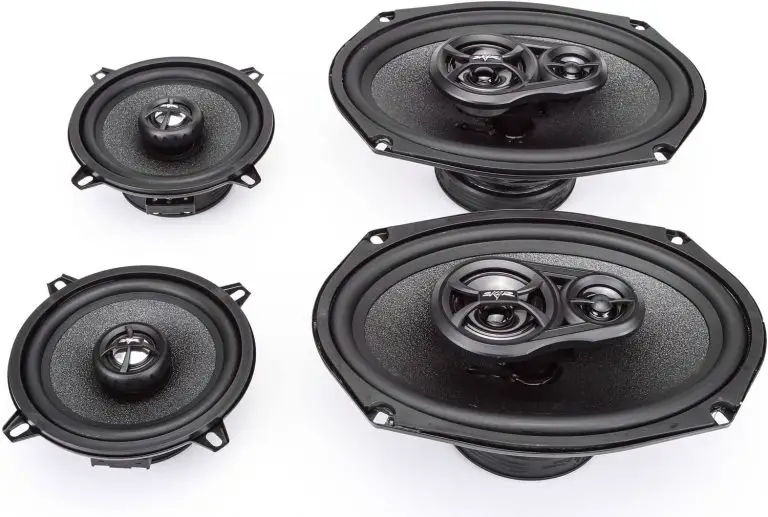What Year Dodge Ram Seats Are Interchangeable? Swap Tips
The Dodge Ram’s interchangeable seats are
- Dodge Ram seats from the first generation (1981 – 1993) are interchangeable within this period.
- From 2003 onwards, Dodge Ram introduced changes allowing for easier swapping of seats across different models.
- Fourth generation (2010 onwards) 1500, 2500, and 3500 models have interchangeable seats, considering some wiring differences.
Covered in This Article:
- Interchangeability in First Generation Dodge Ram (1981 – 1993)
- Post-2003 Dodge Ram Seat Compatibility
- Fourth Generation Dodge Ram Seat Swap Options
- Technical Aspects of Interchanging Dodge Ram Seats
First Generation (1981 – 1993) Interchangeability
The first generation of Dodge Ram trucks is known for its unique design, including the seating. This section explores the interchangeability of seats within this era, offering insights for owners of these classic models.
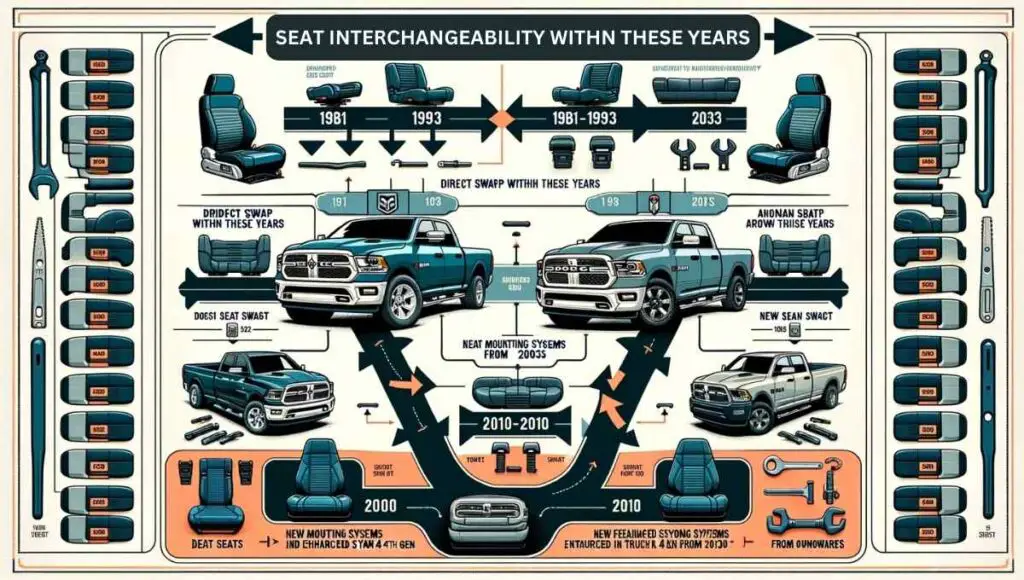
First-Generation Dodge Ram Seats
During the first generation, spanning from 1981 to 1993, Dodge Ram established a distinct identity in the truck market. The seats from this period were known for their durability and basic functionality, mirroring the utilitarian focus of the trucks themselves. The design, while simpler compared to later models, set a standard for truck interiors in that era.
Specifics of Interchangeability Within This Period
One of the key features of the first-generation Dodge Ram is the interchangeability of its seats within this specific timeframe. Owners of these models enjoy a level of flexibility when it comes to replacing or upgrading their seats. The seats from any Dodge Ram truck made between 1981 and 1993 can be swapped with each other, allowing for customization and restoration projects. This interchangeability is attributed to the consistent mounting points and dimensions that Dodge maintained throughout these years.
Understanding the interchangeability of first-generation Dodge Ram seats is crucial for owners looking to maintain, restore, or upgrade their vehicles. The ability to interchange seats within this period offers a unique advantage, especially for enthusiasts and restorers of these classic trucks.
The Turning Point: Dodge Ram Seats Post-2003
Significant changes in Dodge Ram’s design post-2003 marked a new era in seat interchangeability, offering more flexibility for owners. This section delves into these changes and their impact on seat swapping across different models and generations.
Introduction of New Seat Mounting Systems and Dimensions
In 2003, Dodge Ram introduced a pivotal change in their truck designs, particularly in the seating area. This change involved new seat mounting systems and dimensions, which significantly differed from the earlier models. These modifications were not just cosmetic; they were functional, and designed to enhance passenger comfort and ease of interchangeability.
Impact on Interchangeability with Other Models and Generations
The post-2003 design changes had a profound effect on the interchangeability of seats. Unlike the first generation, where seat interchangeability was confined to the 1981-1993 models, the newer design allowed for a broader range of compatibility. This meant that owners of Dodge Rams made after 2003 could potentially swap seats with different models and even different generations, as long as the seats fit the new mounting systems. This opened up a world of possibilities for customization and upgrades, making it easier for Dodge Ram owners to personalize their trucks.
The transition that began in 2003 stands as a key moment in the history of Dodge Ram, especially in terms of interior design and functionality. It represents Dodge’s commitment to innovation and its response to the evolving needs of its customers.
Fourth Generation (2010 Onwards) Compatibility
Brief Context: The fourth generation of Dodge Ram introduced in 2010 brought about further advancements in seat design, impacting their interchangeability. This section explores the compatibility of seats in this generation, including considerations for owners looking to make swaps or upgrades.
Fourth-Generation Dodge Ram Seats
The fourth generation ushered in a new era for Dodge Ram, with a focus on advanced features and enhanced comfort. The seats in these models are characterized by improved ergonomics, higher-quality materials, and, in many cases, advanced features like heating and power adjustments.
Compatibility Table: Fourth-Generation Dodge Ram Seats
| Model Year | Seat Features | Compatibility Notes |
| 2010-2012 | Standard features, optional upgrades | Direct swap within these years |
| 2013-2014 | Introduction of newer technology and design | May require adjustments for earlier 4th gen models |
| 2015-Onwards | Enhanced features and design | Compatibility with previous 4th gen models, with some adjustments |
Compatibility Insights and Power Seat Considerations
One critical aspect of the fourth generation is the enhanced interchangeability of seats, especially within this generation. While seats from the 2010-2012 models can be directly swapped, those from 2013-2014 and onwards might require minor adjustments for compatibility, especially when dealing with advanced features like power adjustments. It’s important to note that while the seats are physically interchangeable, additional work may be required to fully integrate advanced features, such as power settings, in models that originally did not have these features.
The fourth-generation Dodge Ram seats represent a blend of luxury, comfort, and technology, offering numerous options for customization and upgrades. Owners looking to interchange seats within this generation will find a range of possibilities, although some technical considerations may apply, especially when integrating more advanced features.
Technical Considerations for Interchanging Seats
Swapping seats in a Dodge Ram isn’t always a straightforward task. This section addresses the technical aspects to consider when interchanging seats to ensure compatibility and functionality.
Understanding Wiring and Mounting Differences
When it comes to interchanging seats in Dodge Rams, especially across different generations, it’s essential to be aware of the wiring and mounting differences. These are the two primary technical challenges:
Wiring Considerations: Advanced features in newer models, such as power adjustments, heating, and airbags, require compatible wiring. Swapping a seat with these features into an older model without the necessary wiring harnesses can be complex. It’s crucial to verify the electrical compatibility, especially for safety features like airbags.
Mounting Considerations: While some seats may physically fit into the space of another model, the mounting points may differ. Adapting or modifying the seat brackets might be necessary to ensure a secure and proper fit. This is particularly important for maintaining the safety and functionality of the seat.
Tips for Ensuring Compatibility and Functionality
For those looking to undertake a seat swap, here are some practical tips:
- Research Thoroughly: Before attempting a swap, research the specific models and years to understand the compatibility challenges.
- Consult Manuals or Forums: Vehicle manuals and online forums can provide valuable insights into the intricacies of specific models.
- Safety First: Always prioritize safety. If you’re unsure about the compatibility, especially concerning electrical connections and safety features, consult a professional.
- Test Fit: Before making any modifications, do a test fit to check the physical compatibility of the seats.
Addressing these technical considerations is crucial for a successful seat interchange in a Dodge Ram. Whether it’s a simple swap within the same generation or a more complex cross-generation change, being informed and cautious is key.
Common Questions and Misconceptions
Brief Context: When dealing with the interchangeability of Dodge Ram seats, several common questions and misconceptions arise. This section aims to address these, providing clarity and accurate information to Dodge Ram owners.
Addressing Frequent Queries about Dodge Ram Seat Interchangeability
Owners often have specific questions regarding seat interchangeability. Here are some of the most common queries answered:
Can I swap seats from different generations?
While some seats from different generations can be swapped, it depends on the specific models and years. Generally, post-2003 models offer more flexibility.
Will installing a newer seat affect the airbag system?
If the seat includes integrated airbags, it’s crucial to ensure compatibility with the truck’s airbag system to maintain safety.
Do I need special tools for swapping seats?
Basic tools are usually sufficient, but some situations might require specific tools, especially for electrical connections.
Clarifying Misconceptions about Seat Replacements
Misconceptions can lead to incorrect assumptions and potentially unsafe modifications. Here are a few corrected for better understanding:
- Misconception: All Dodge Ram seats are interchangeable. Reality: While many seats are interchangeable, especially within certain generations, not all seats will fit or function properly in different models without modifications.
- Misconception: Upgrading to power seats is always straightforward. Reality: Integrating power seats into a model that originally did not have them requires additional wiring and may not be a simple plug-and-play process.
By addressing these common questions and misconceptions, Dodge Ram owners can make more informed decisions about seat interchangeability, ensuring both the functionality and safety of their vehicles.
Conclusion
Understanding the interchangeability of seats in Dodge Ram trucks is essential for owners looking to customize or upgrade. While options vary across generations, with straightforward swaps in earlier models and more complex considerations in later ones, key factors like wiring and mounting differences are crucial. This guide offers insights into these nuances, helping owners make informed decisions for successful seat replacements or upgrades. Always prioritize safety and compatibility, and when in doubt, seek professional advice.


